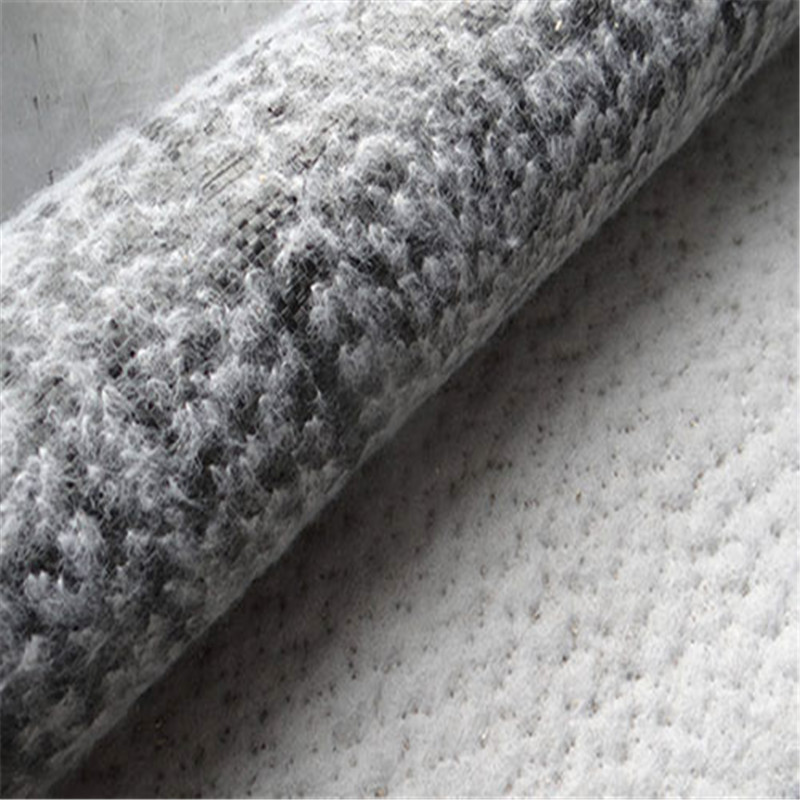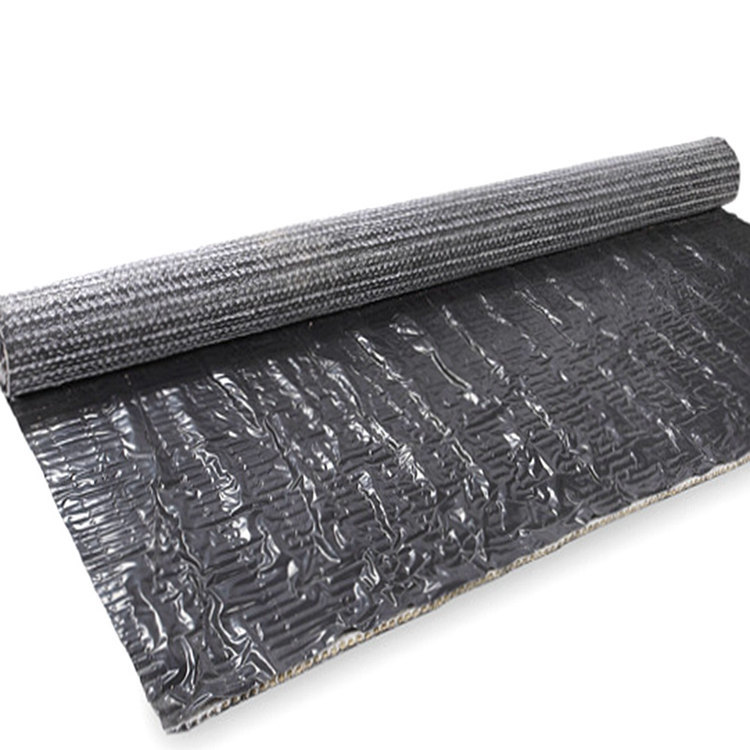钠基膨润土土工合成粘土衬垫
ナトリウムベントナイトジオシンセティック粘土ライナー
sodium bentonite geosynthetic clay liner
- Geocell
- Geomembrane
- Uniaxial geogrid
- Biaxial geogrid
- Geotextile
- EVOH Geomembrane
- Warp-knitted geogrid
- Geosynthetic Clay Liner
- Composite Geonet
- Self - adhesive waterproof membrane
- Mining high-strength polyester fiber mesh
- Composite anti-permeability material
- Graebel Fix
- Safety net
- Weed control sheet
- Flexible container bag
- Dimpled Drainage Sheet
- Composite Materials
- Other synthetic materials
- Geomembrane in environmental protection engineering
- Application of geomembrane in water conservancy
- Application of geomembrane in aquaculture
- Application of geomembrane in chemical industry
- Geomembrane in mining engineering
- geocell for retaining walls
- geocell for slope stabilization
- geocell for road construction
- geocell for permafrost
- Geotextiles in slope protection projects
- Project to Strengthen Weak Infrastructure
- Landfill Isolation Project
- Application of geocell in mining area
- Application of HDPE geogrid in retaining wall
- geocell for retaining walls
- geocell for beach erosion
- geocell for landfill
- geocell for drainage
- Application of three-dimensional composite drainage network in landfill
- Application of three-dimensional composite drainage network engineering
- Parking lot new product application
- Top
- Features
Product Detail
A sodium bentonite geosynthetic clay liner (GCL) is a manufactured hydraulic barrier used in various civil and environmental engineering applications. Here's a breakdown of what they are and their key features:
What they are:
Composition:
GCLs consist of a thin layer of sodium bentonite clay sandwiched between two geotextile layers (woven or non-woven).
The geotextiles are typically needle-punched or stitched together to hold the bentonite in place.
Function:
The sodium bentonite clay has a unique property: it expands significantly when hydrated, creating a very low permeability barrier. This effectively prevents the movement of liquids.

Features
Key Features and Benefits:
Low Permeability:
GCLs offer excellent hydraulic performance, often exceeding that of traditional compacted clay liners.
Self-Healing:
The swelling property of bentonite allows it to seal small punctures or cracks, providing a self-healing capability.
Ease of Installation:
Compared to compacted clay, GCLs are easier and faster to install, reducing construction time and costs.
Space Efficiency:
GCLs are much thinner than compacted clay liners, saving valuable space in applications like landfills.
Durability:
They are designed to withstand various environmental conditions and chemical exposures.
Common Applications:
Landfill Liners and Caps:
To prevent leachate from contaminating groundwater.
Ponds and Reservoirs:
To provide a waterproof barrier.
Canals and Irrigation Channels:
To prevent water loss.
Groundwater Barriers:
To control groundwater flow.
Road and Railway Construction:
To enhance soil stabilization.
In essence, sodium bentonite GCLs are a reliable and efficient solution for containment and hydraulic barrier applications.




